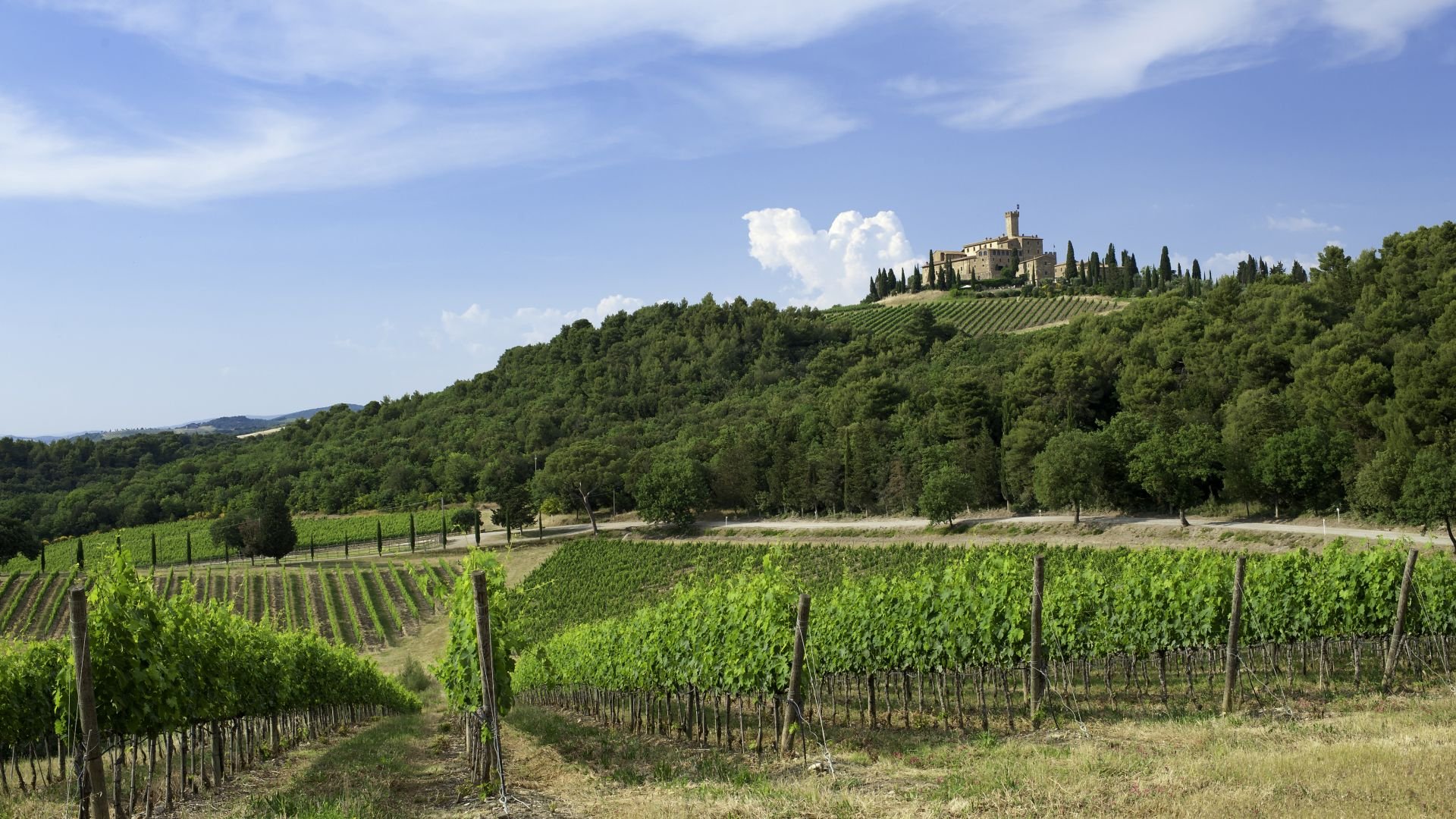For its strategic position between Siena and the Maremma Tuscan seaside, together with the fertile soils that surround it, the Castello di Poggio alle Mura has been desired and contested over the centuries.


The complex as we know it today developed for the most part between the 9th and 13th centuries but its origins are most certainly even more ancient. Certain subterranean excavations still visible today and some stone urns and ceramic vases unearthed during the most recent restorations lead us to conclude, in fact, that there was a settlement on this spot in the era of the ancient Etruscans. The “conci” – white stones traditionally used in the construction of Roman arches – today found in the main portal of the castello seem, on the other hand, to indicate the sites successive transformation into a Roman Villa.

The first officially documented citation was in 1318, the year when Poggio alle Mura appeared in the descriptive catalogue of the era – the “Table of Possessions” – as reporting to the civic administration of Camigliano and belonging to the heirs of messer Mino di Neri dei Ranuccini. Afterwards, with its passage from the Ranuccini family to the Colombinis, the estate passed from an open military base structure to a fortified central fort (palatium seu fortelitia).

It is the history of the Counts Placidi, however, which above all is most tied to that of the Castello. This noble Sienese family with important roles in the government of the city-state came into possession of the structure in the course of the 15th century as tribute for its distinguished role on behalf of the Republic of Siena inits war against Florence. The property was successively confiscated from them by the same Republic of Siena on two occasions, and assigned to the “Spedale di Santa Maria della Scala” in 1483, with the exile of the Noveschi – the political party supported by Placidi – and in 1487 when the Placidi were declared rebels. In 1529 the counts, however, regained possession of their Castello and from that point ruled it undisturbed until 1959, the year in which Poggio alle Mura was acquired by Giovanni Mastropaolo, an Italian businessman who made his fortune in South America.

The last transfer of the property came in 1983 when the Castello, in precarious structural condition following damages sustained in the course of World War II, became part of the Banfi vineyard estate. It was the restorative work of the Mariani family – proprietors of the estate – began immediatly after the acquisition which brought it back to its former splendor.
Currently the fortress represents a mixture of historic and architectural forms. It has a compact, square design with two internal courtyards and a crenellated tower, used for observation on the north side. On the opposite side, there is the so-called “fortress tower” which includes a stairway that could be retracted in case of siege. On the exterior, there is an access ramp resting on arches. Of particular interest are the 15th century courtyard, with its arches standing on octagonal pillars, and alongside of it the rare and ancient ice house with its characteristic beehive shape. Also of note are the marble markers noting the restorative work done in the courtyard in 1654.

